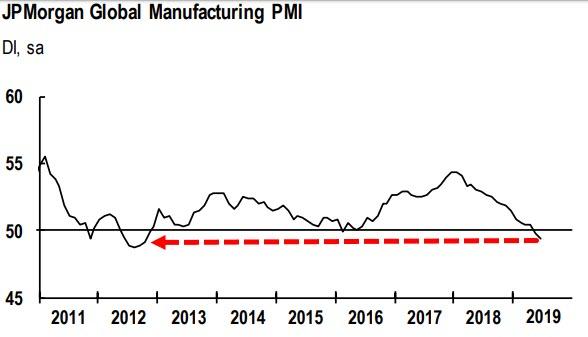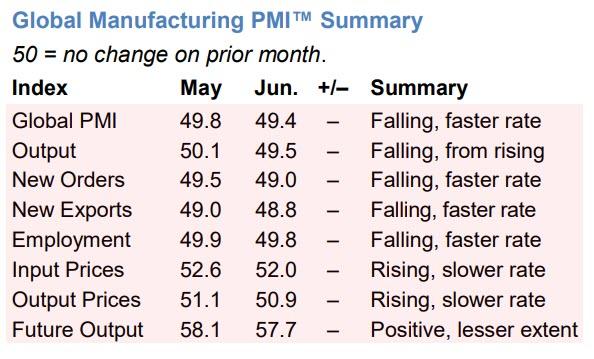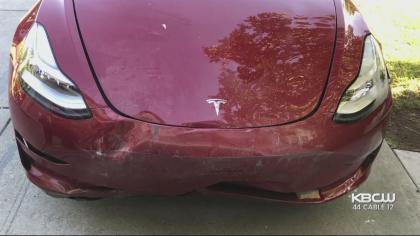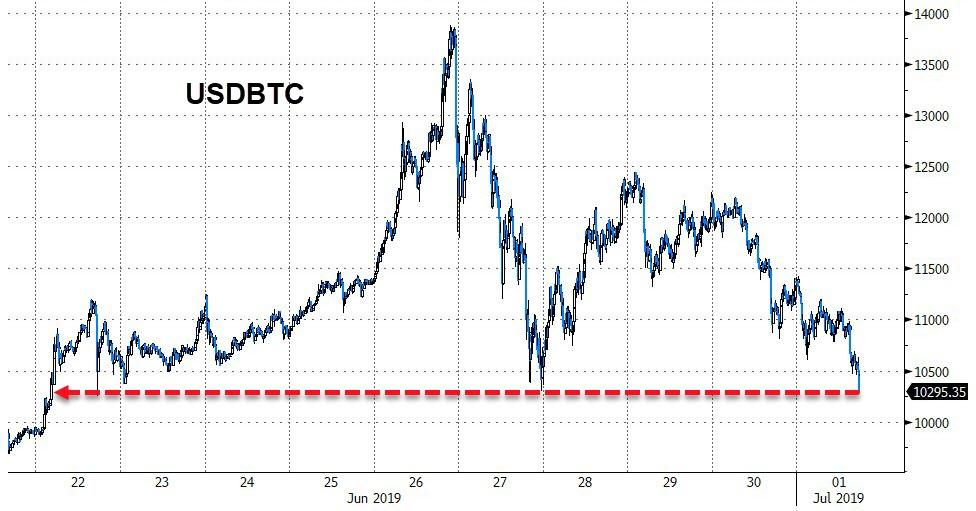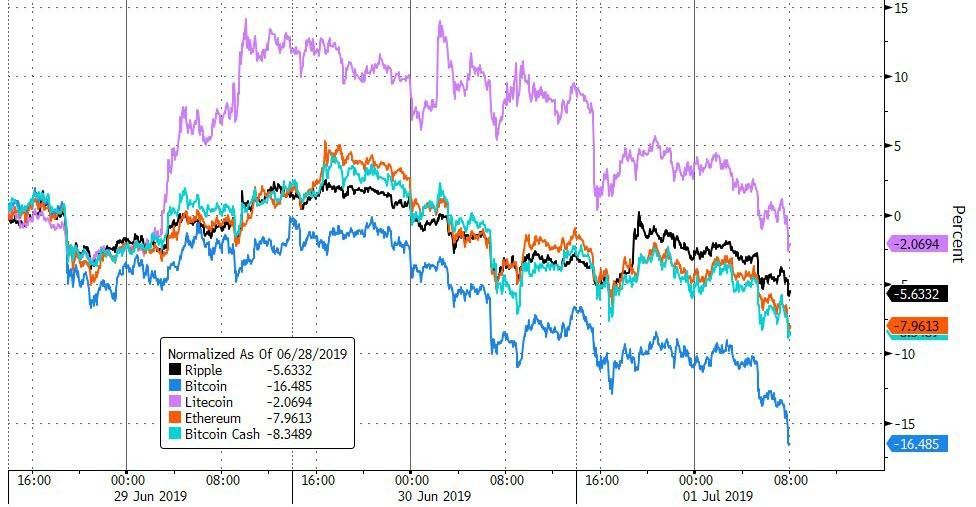Drug warriors are once again pushing a high grade of cocaine fears to willing users. It’s a market in pointless prohibitionism that just won’t go away.
Tough drug laws and brutal enforcement haven’t done much to stifle the market for illegal intoxicants, as drug-enforcement agencies around the world readily admit. But they do make the black-market production of concentrated-value products like cocaine a profitable undertaking. That’s good news for prohibitionists who need something to justify their paychecks and see a growth industry in fanning new fears.
“Current data on cocaine show that both the number of seizures and the volumes seized are at an all-time high,” the European Monitoring Centre for Drugs and Drug Addiction (EMCDDA) warns in its 2019 report.
Not to be outdone, the United Nations Office on Drugs and Crime (UNODC) cautions that “opium production and cocaine manufacture remain at record levels. The amounts intercepted are also higher than ever, with the amount of cocaine seized up 74 per cent over the past decade, compared with a 50 per cent rise in manufacture during the same period.”
Wow! That sounds like a soaring market. And yet: “In 2017, an estimated 18 million worldwide, or nearly 0.4 per cent of the adult population aged 15–64, had used cocaine in the past year,” according to the UNODC.
A whole 0.4 percent? Are we sure they weren’t just cleaning staff for Charlie Sheen’s hotel rooms?
The EMCDDA note that 1.2 percent of EU residents used cocaine last year. By comparison, about 2.2 percent of Americans used cocaine over the past year, according to the National Institute on Drug Abuse.
“The 2016 estimate for current cocaine use was similar to the estimates in most years between 2007 and 2015, but it was lower than the estimates in 2002 to 2006,” notes the latest U.S. National Survey on Drug Use and Health.
Small and steady numbers of cocaine users? As crises go, even for those who are prone to worry, this would seem to rank alongside the Graboid menace from the Tremors franchise. So, what’s the big deal?
Part of the problem seems to be that retail prices have dropped a bit over the past decade even as purity improved, giving users more bang for their dollars/euros/whatever.
“From January 2016 through December 2016, the [price per gram pure] of cocaine decreased 20.3 percent ($177 to $141), while the purity increased 21.6 percent from 51 to 62 percent,” says the U.S. DEA.
“There is also evidence of an increase in the availability of cocaine of the highest reported purity for over a decade in the European Union,” adds the UNODC—an assessment with which the EMCDDA agrees.
More worrying for those who would save us from good times is that prices dropped and quality improved, as illicit dealers responded to consumer demand with the same flexibility and technological innovation that entrepreneurs have brought to pretty much every single industry on the planet. Notes the EMCDDA report:
Smaller groups have been able to enter the market by using a range of information technology like encryption, darknet market places, social media for dealing and cryptocurrencies. Entrepreneurship in the competitive cocaine market is evident from innovative distribution strategies, such as cocaine-exclusive call-centres. These new methods appear to reflect to some extent the type of disruption seen in other areas facilitated by the common use of smartphones — a potential ‘Uberisation’ of the cocaine trade — a competitive market in which sellers compete by offering additional services such as fast and flexible delivery options.
Drug warriors may dislike cocaine, but its users enjoy the stuff and providers like profits that they gain by keeping users happy. The result has been, despite the distortions necessitated by working around laws and governments, a dynamic and evolving market.
From a consumer-value perspective, this is a win-win! Well, except for the people arrested for engaging in underground trade, the victims of the criminals who were handed control of that trade by lawmakers, and the frustrated prohibitionists whose record seizures of bundles of happy dust can’t keep quality from rising and prices from dropping.
But what did they expect? Cocaine is almost the perfect product to illegally manufacture and smuggle. Its price reflects huge mark-ups and therefore profit margins, meaning that each successful shipment means a healthy payday.
Just three weeks after Brazil’s President Jair Bolsonaro enacted tougher anti-drug measures, an airman was caught smuggling 86 pounds of cocaine on the president’s own airplane. “Sergeant Rodrigues walked off the plane carrying a garment bag and a carry-on suitcase, law enforcement officials in Spain told the newspaper El País. When airport screeners inspected the bag, they found 37 bundles of cocaine and nothing else in the bag,” reported The New York Times.
That’s a multi-million-dollar shipment in terms of retail prices, and a nice windfall for people at each stage of the transaction—assuming they don’t get caught. Sergeant Rodrigues is out of action, but whoever was paying him will just find another courier willing to take the risk in return for a lot of cash. And users will barely notice a blip in their supply or the prices they pay for it.
Drug warriors have been at this business for decades, so they must know their efforts won’t keep users from enjoying cocaine and producers from supplying it, no matter what laws say. That’s especially true of a substance that packs massive profits into small packages. The stability of demand and the resistance of prices and supply to interdiction efforts demonstrate that this is a market that isn’t going away.
Then again, anti-drug bureaucrats and law enforcers are dealers in their own way, supplying endlessly repetitive reports, reams of useless data, and pointless policy proposals to lawmakers and worried members of the public who just can’t kick the prohibitionist habit. Satisfying demand keeps the warriors well-paid and in the public eye. That it does so at the cost of full prisons and empowered criminals is lost on too many people.
All things considered, the trade in prohibitionist fears offers a lot less value than that for cocaine.
from Latest – Reason.com https://ift.tt/2XAOv88
via IFTTT
